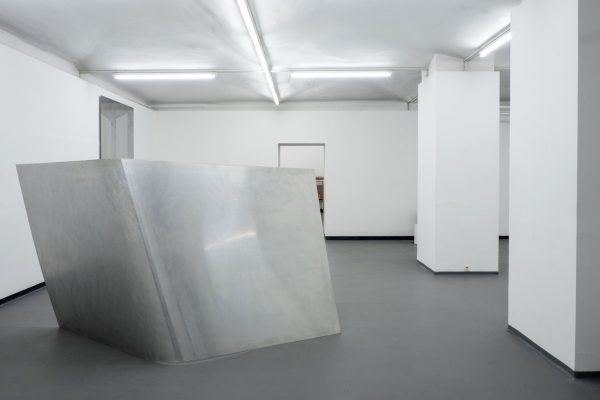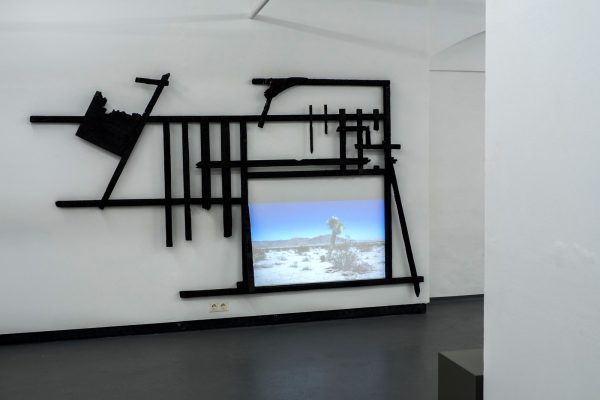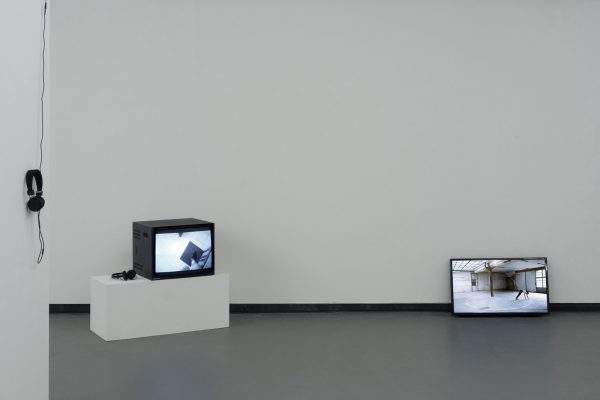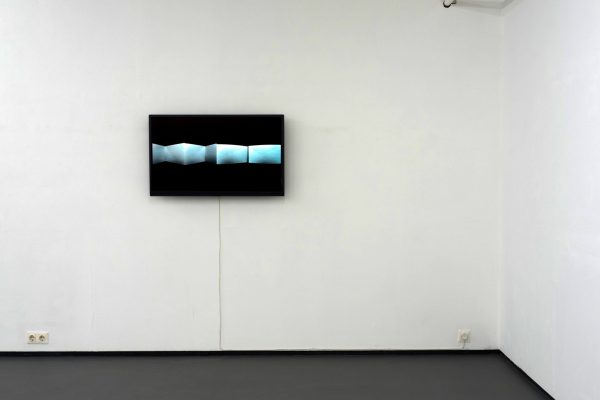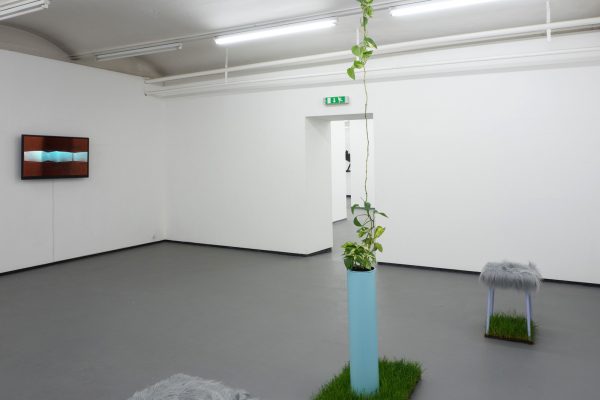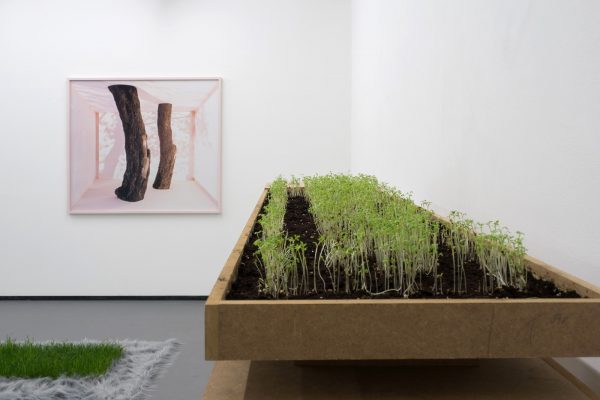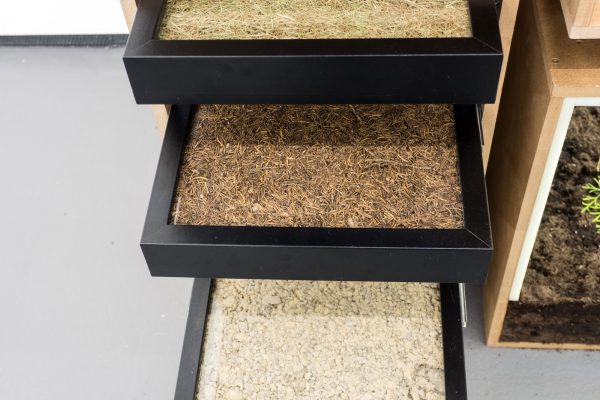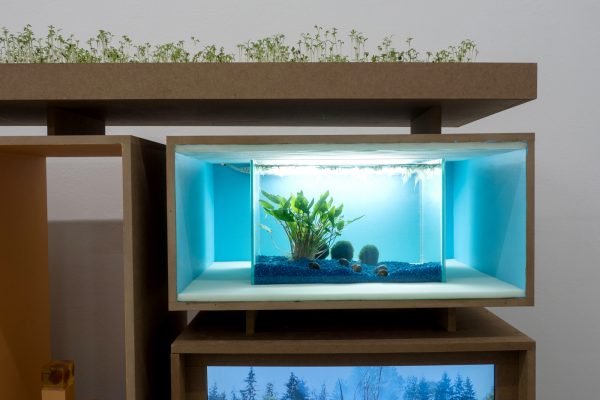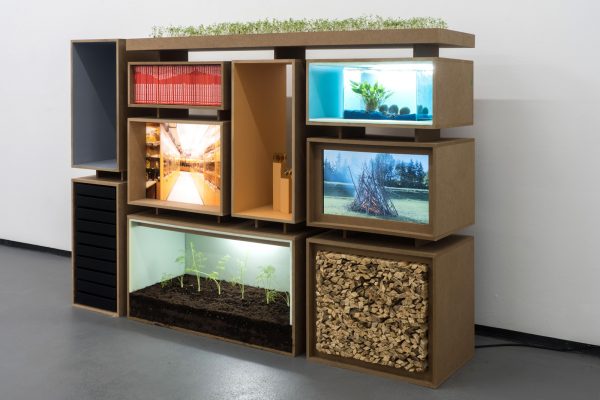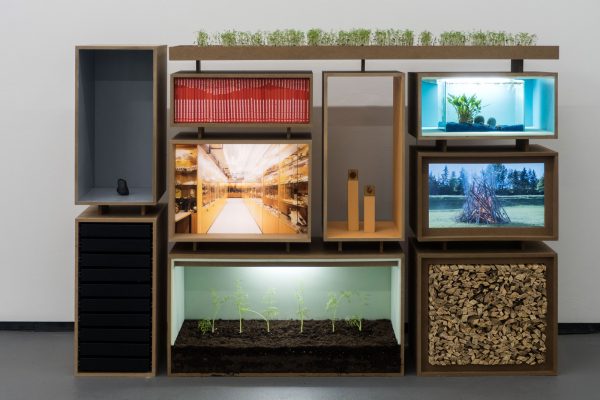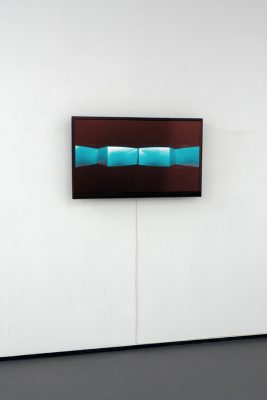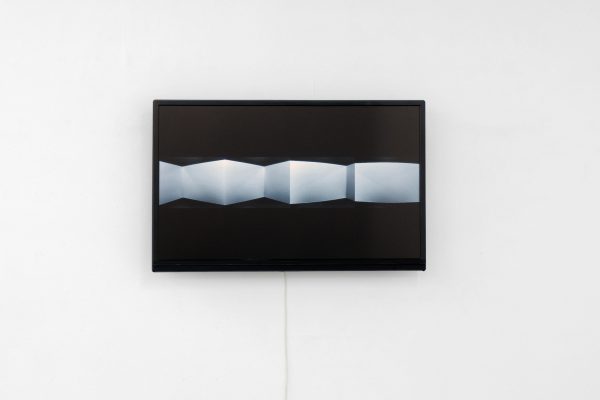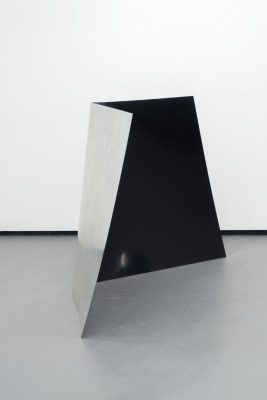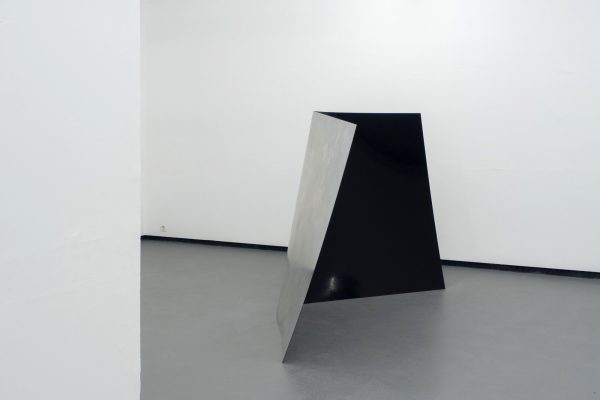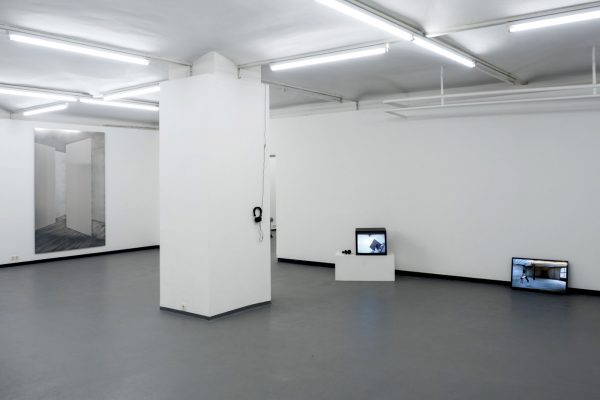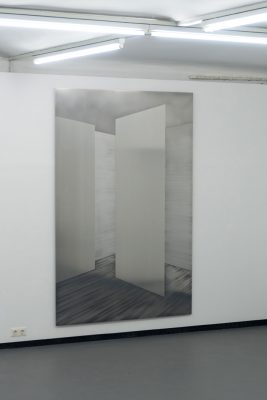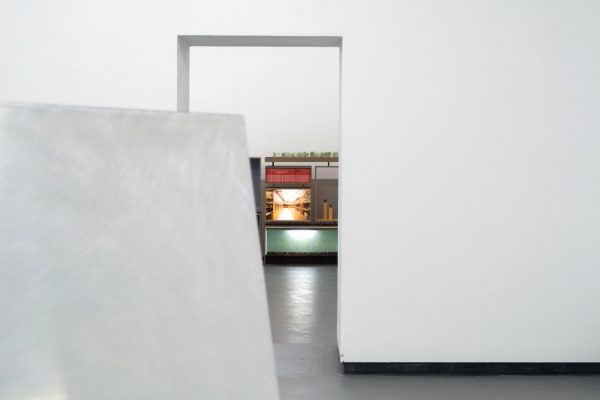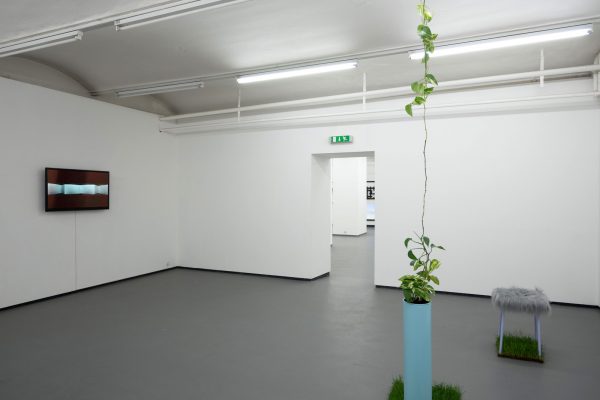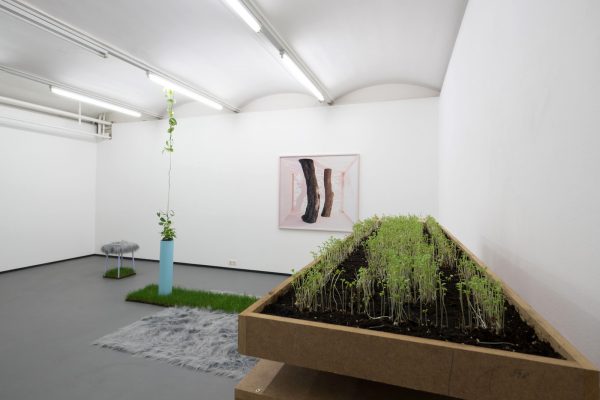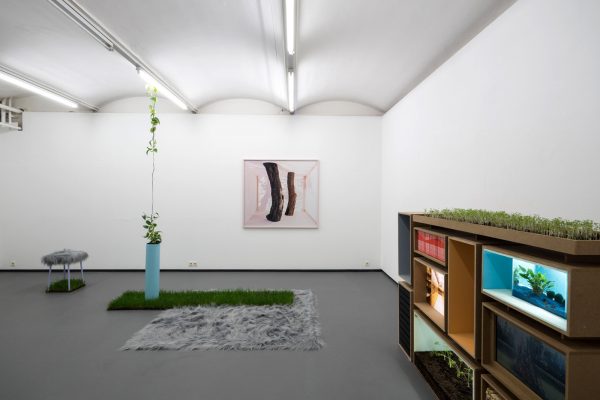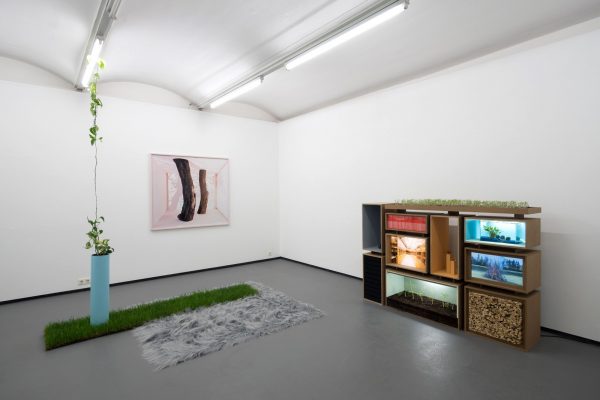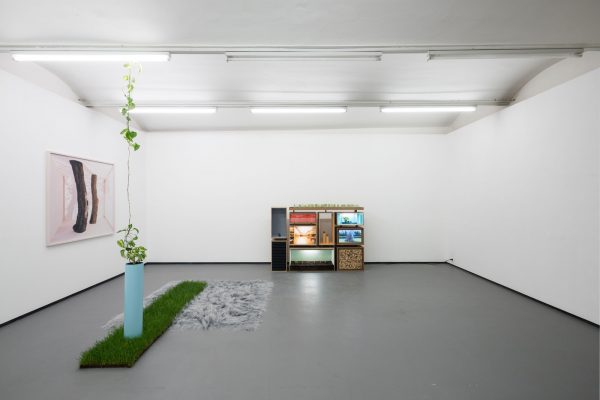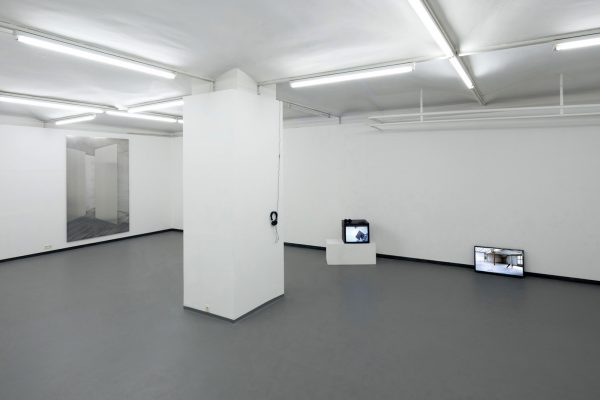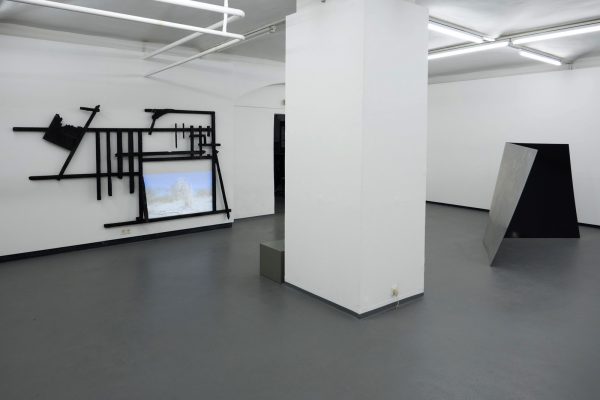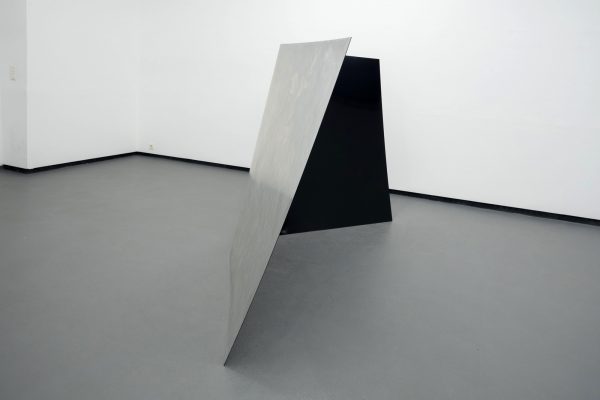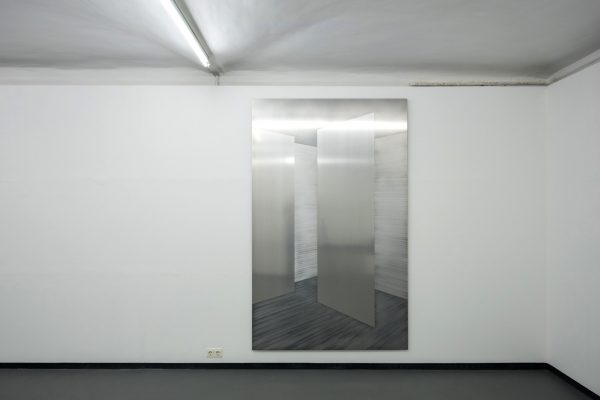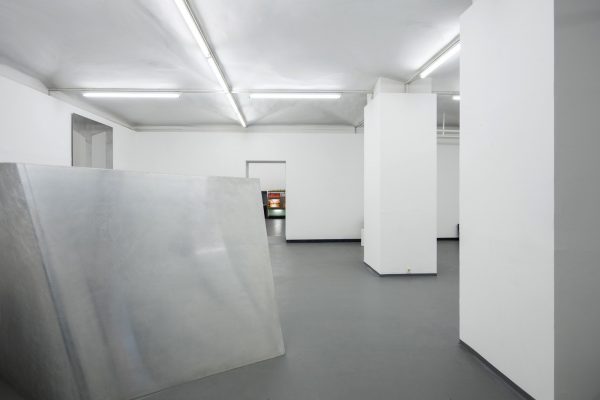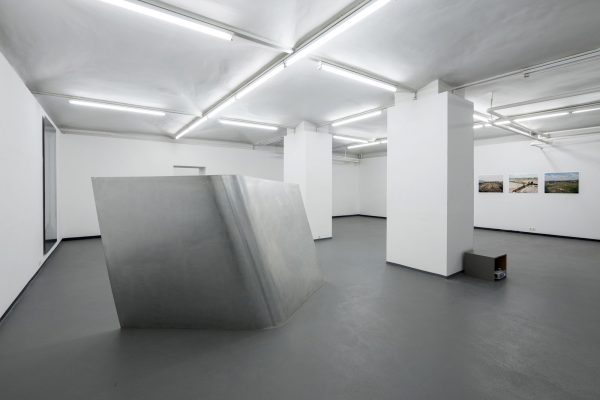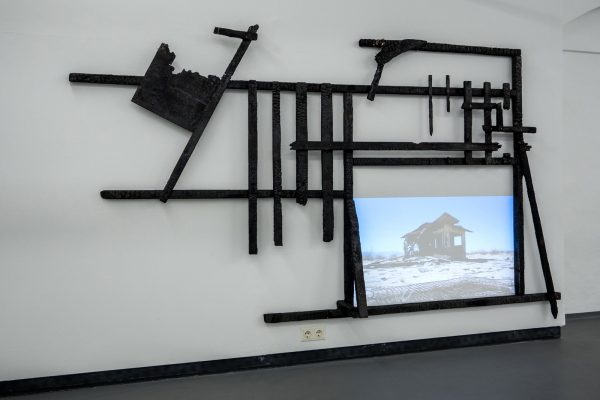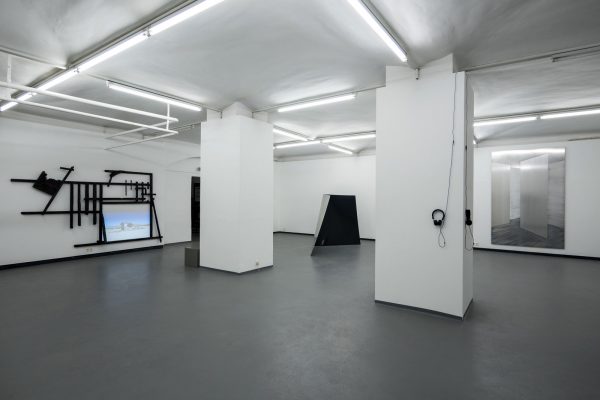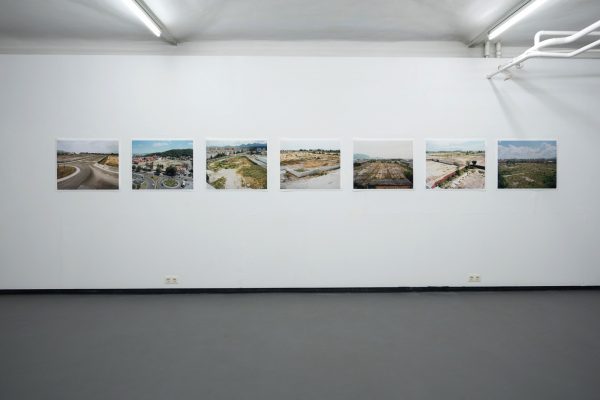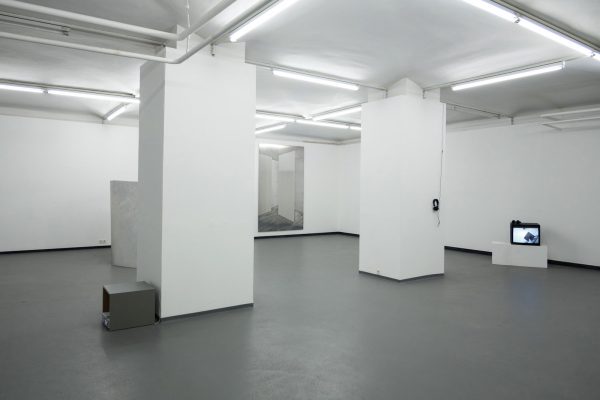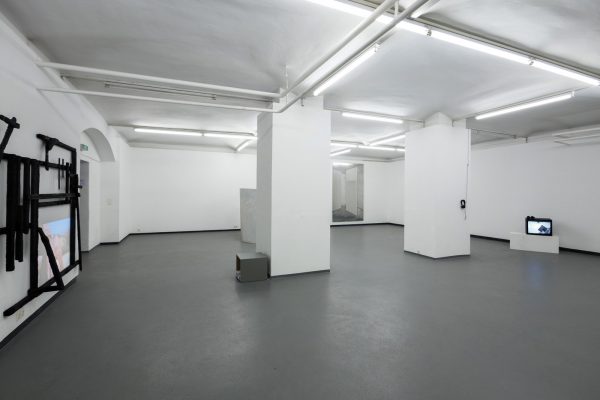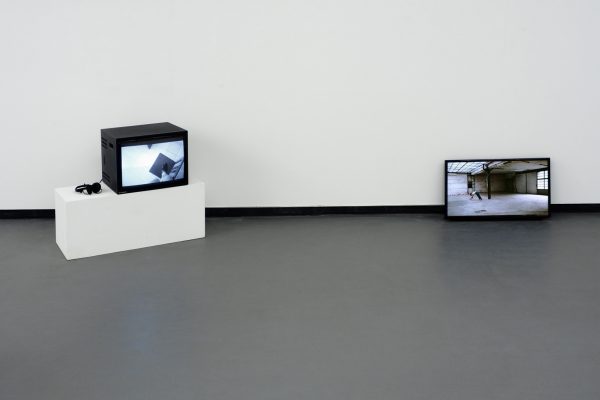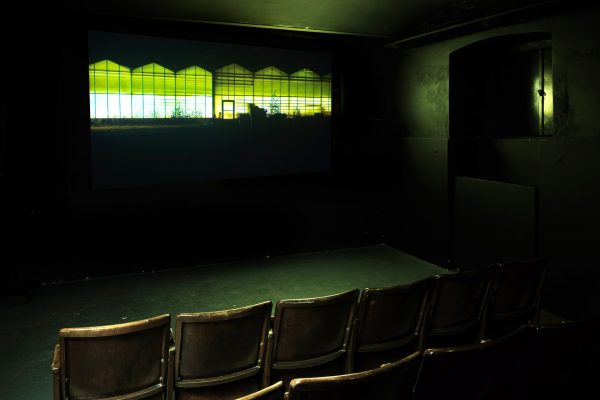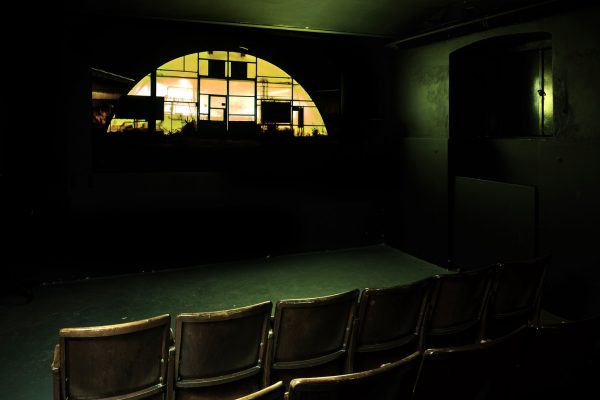Opening: Monday, 24 April, 7 p.m.
Introduction: Petra Noll-Hammerstiel
Performance parting the square (Melanie Ender in collaboration with Waltraud Brauner; text, concept: Melanie Ender): 8 p.m.
Accompanying program: Artist talk with Alfredo Barsuglia: Thursday, 18 May, 7 p.m.
sponsored by: BKA Kunst; MA7-Kultur; Cyberlab
The exhibition is concerned with the structures and defining characteristics of space, spatial organisation but also with the dissolution of space and thus sounding out its boundaries. Here, the artists intervene in the actualities of architectural spaces or landscapes with performative actions, stagings or installations so as to define, bring to life or alter them. This initiative forms situations and contexts that make it possible to perceive space differently or even animate it in the first place. A further approach is an examination of interior and exterior spaces which are, or will be, used or occupied in different ways. Here, the artists react by observing spaces and areas without intervening in their structures. In this case their examinations are much more concerned with related social, political and aesthetic issues.
Alfredo Barsuglia is showing his video, Paradise, embedded in an installation of old wooden slats and sheets. This relates to the contents of the film which deals with the precarious situation of settlements in the Mojave desert, an extremely inhospitable area close to Los Angeles. On the basis of a nineteenth century law that allowed all adult citizens of the USA the right to settle on a vacant piece of land and to cultivate it for their own use, so-called “Homesteads” – made of concrete, wood and tin sheeting – were still being created into the 1970s. On one hand the deserted huts are an indication of drop-out existences and an their intentional rejection of public infrastructure but, on the other, they also show the human inadequacies of people who reached their limits in dealing with this environment. An aging homestead owner who remained recounts, in close-up, that everything “about space and time” can be experienced here and that the space provokes in-depth thinking about oneself and the relationship of humans and nature.
Melanie Ender opens up architectural spaces by performative actions and by moving her body in space. She is showing video works such as topographie apartment, in which she appropriates a living space by balancing on available pieces of furniture thereby making a sensory “measurement” of the space and imparting vitality to it. The subjective gaze of the camera follows the movement of the body and transposes the performative action into filmic space. For the opening she will work together with Waltraud Brauner on the performance, parting the square, which is based on her conceptual text that verbally sketches visible and concealed movements of a body in space. Space and movement of the protagonist are described by geometric shapes which in repeated changes of perspective are actively depicted or externally describe the scene like instructions of a notation.
Jonas Feferle is concerned with the conditions of a space, reacting to pre-determined spaces and their architectural features by occupying them with art works such as Raumteil 1.4., a sheet of aluminium over two meters high and 1.5 meter wide, the surface of which has been incised. Because of the incisions on the sheet, set in strict accordance with a high-density concept and the position in the room chosen for the sheet, it can be seen from another perspective. Either the graphic arrangements accentuate the room or push it into the background. The room can be read as a two-dimensional picture, the pictorial sheet as a three-dimensional room element. By using aluminium sheeting which is normally used as a backing for photographs Feferle is testing the materiality of the photographic image in space.
Markus Guschelbauer is showing various works dealing with the human subordination of landscapes and natural environment. The multi-media shelving unit, caught in the rack, in which videos, photographs, books as well as living and dead natural objects are integrated is conceived of as an interactive object intended to encourage visitors to engage with the boundaries of interior and exterior spaces. caught in the rack concerns order, form and archiving. Implementing the concept in various two and three-dimensional mediums means nature is – metaphorically spoken – “imprisoned in a sitting-room bookcase”. The domestication of nature by humankind is symbolised by being squeezed into drawers as well as rectangular or square, modular shelving systems which are the complete opposites of organic natural forms.
In the video work by David Muth, Footnote#01: Sipilänmäki, which was made in Finland, we see brightly lit greenhouses in the middle of the night. In the deserted pictures that appear so romantic, time appears to be standing still. The only movement is of the vegetation, imparted by a sporadic passing breeze. In actual fact, concealed inside the transparent greenhouses is an automatic food and plant industry run by machines. Nowadays it is possible to defy nature and, by using heating and artificial light, to produce tropical plants and vegetables at all seasons, even when it is cold and dark. Assisted by threatening electro music by Antti Tolvi, the greenhouses become alien architectural containers. This indicates the critical aspect of this work – the reference to industrial production processes which are disassociated from climatic conditions and natural cycles.
graue Kiste [gray box] by Swen Erik Scheuerling is one part of a series of videos in which the artist engages with exhibition spaces. In his video-/installations he creates ambivalent states of space, free-floating situations, and thereby shows that space, movement and perception are unstable values. The graue Kiste video was the first time that Scheuerling did not refer to a specific exhibition space but used instead a cardboard model of an empty, abstract square room that is reduced to walls and lacking any room-defining elements such as doors, windows, floor or ceiling. The model box, set in motion, turns, and is filmed from its centre. For the video the shots were quadrupled, time-shifted then montaged next to each other. The perspective of the enclosed cube is thus ‘unfolded’ in the manner of a panoramic picture. A regular backwards and forwards movement stretches the walls into a band and appears to dissolve interior and exterior views into one another.
In his documentary photo series, Production Areas, Mihai Şovăială examines empty spaces or areas which result from the demolition of Romanian industrial plants from the Communist era. At the time the factories drew people from far away and whole settlements, even whole towns, developed around them, however, without paying any attention to the structure of the nearby old towns. A flourishing economy was successfully established and Romania became an important exporter to Russia. During the post-Communist era these factories were demolished, thus opening the door for capitalist land speculation that was encouraged by political policies. Today these areas that once were factories have been – at least for the moment – forgotten. The photographic images of these empty spaces show a clear socially critical aspect and raise questions as to why functioning infrastructure has been condemned to become a wasteland.
Petra Noll-Hammerstiel, for the collective
